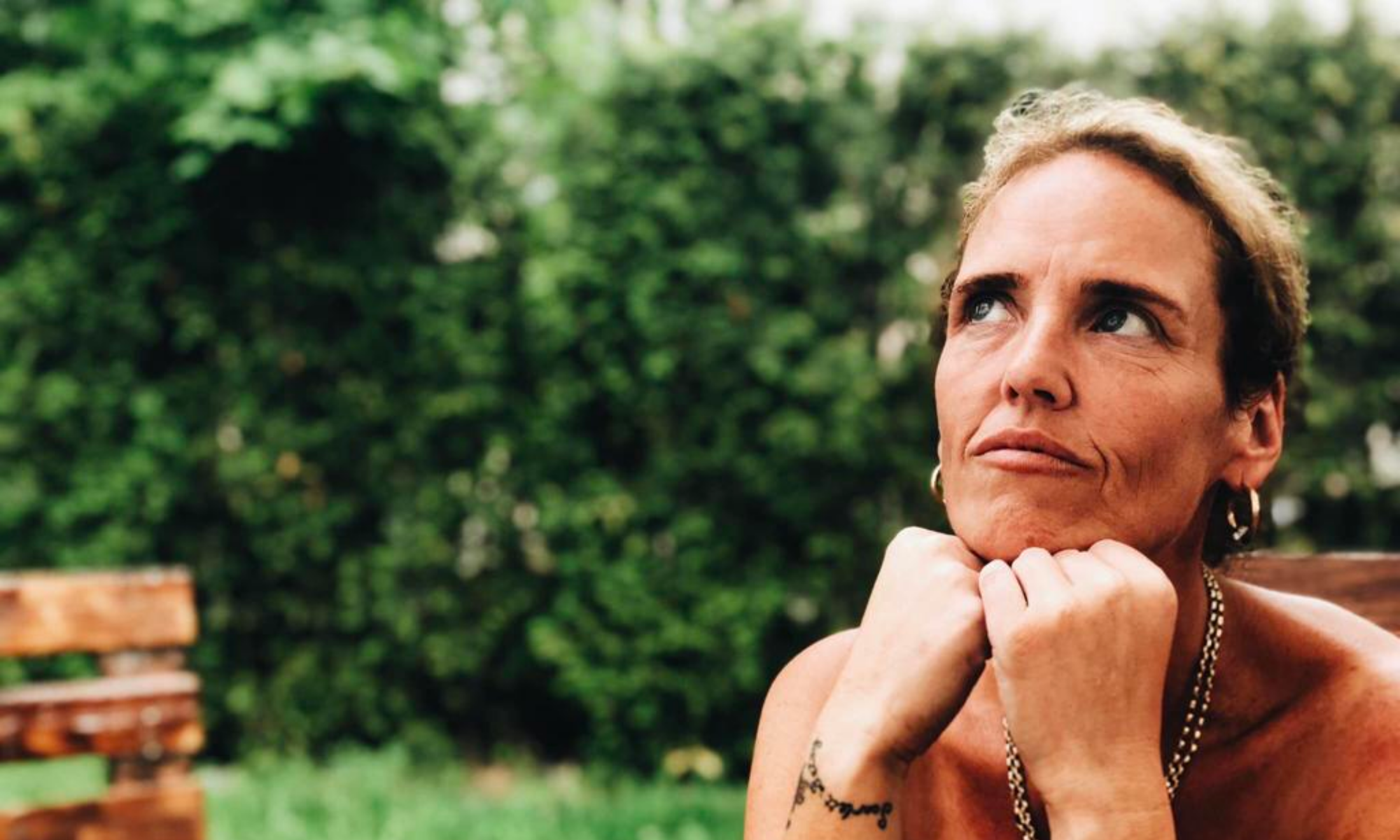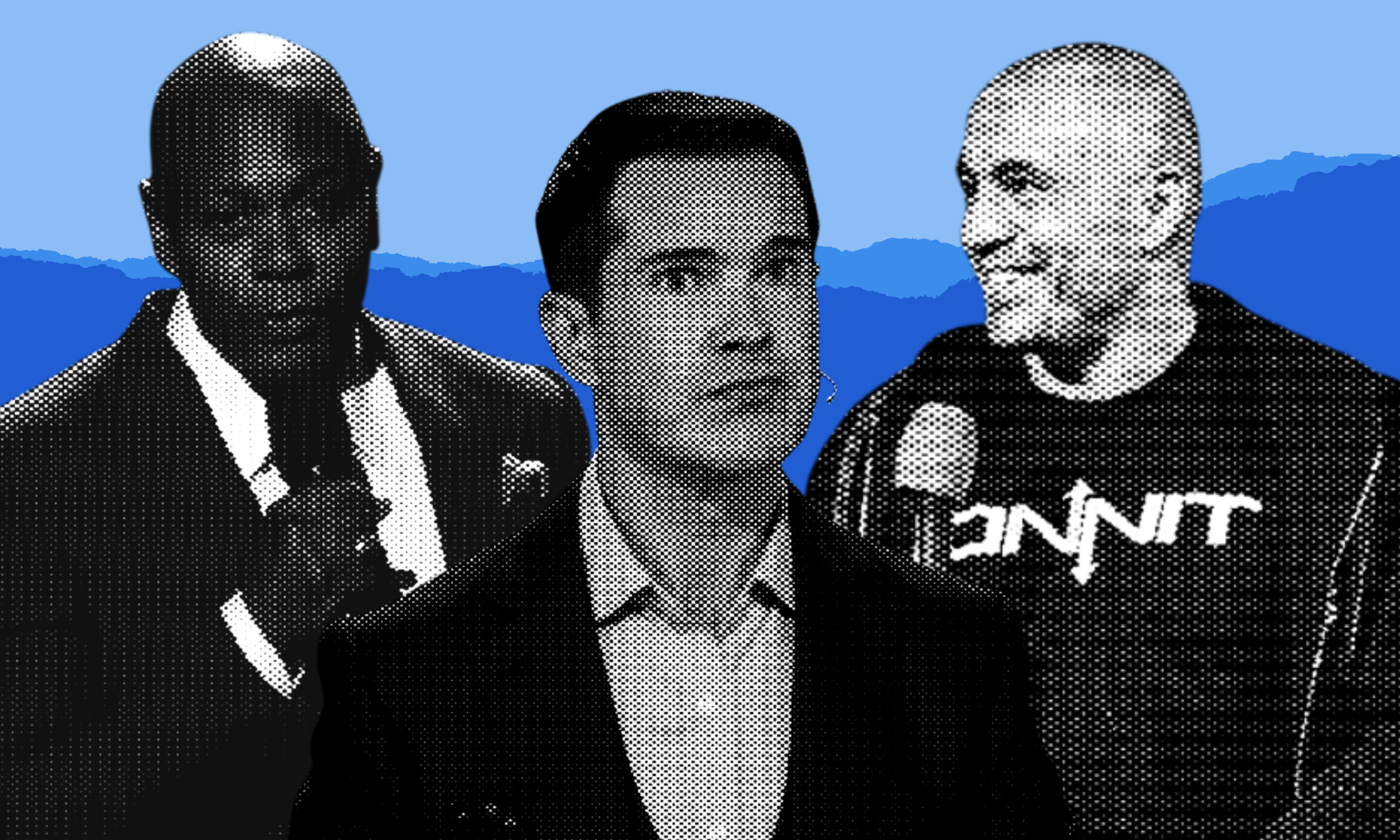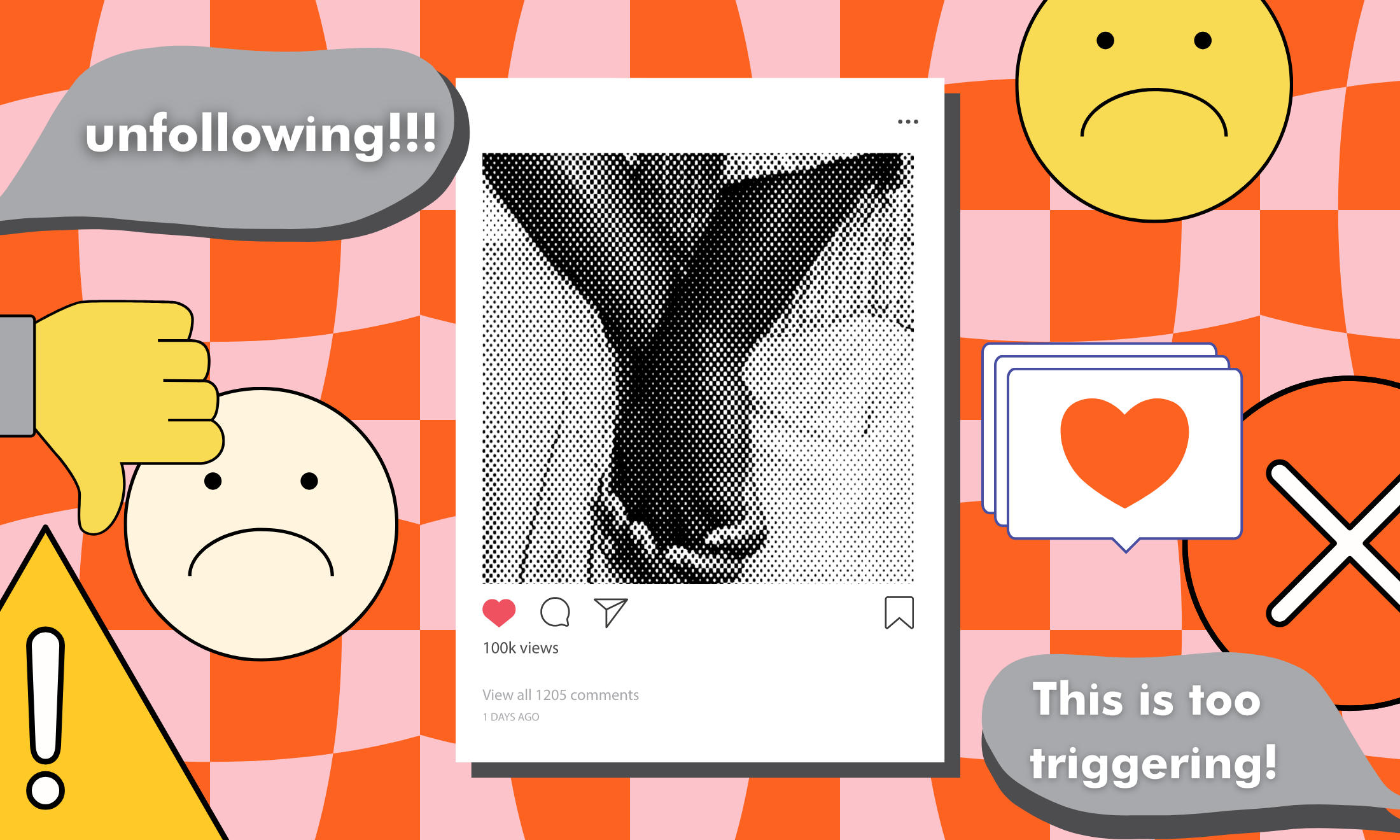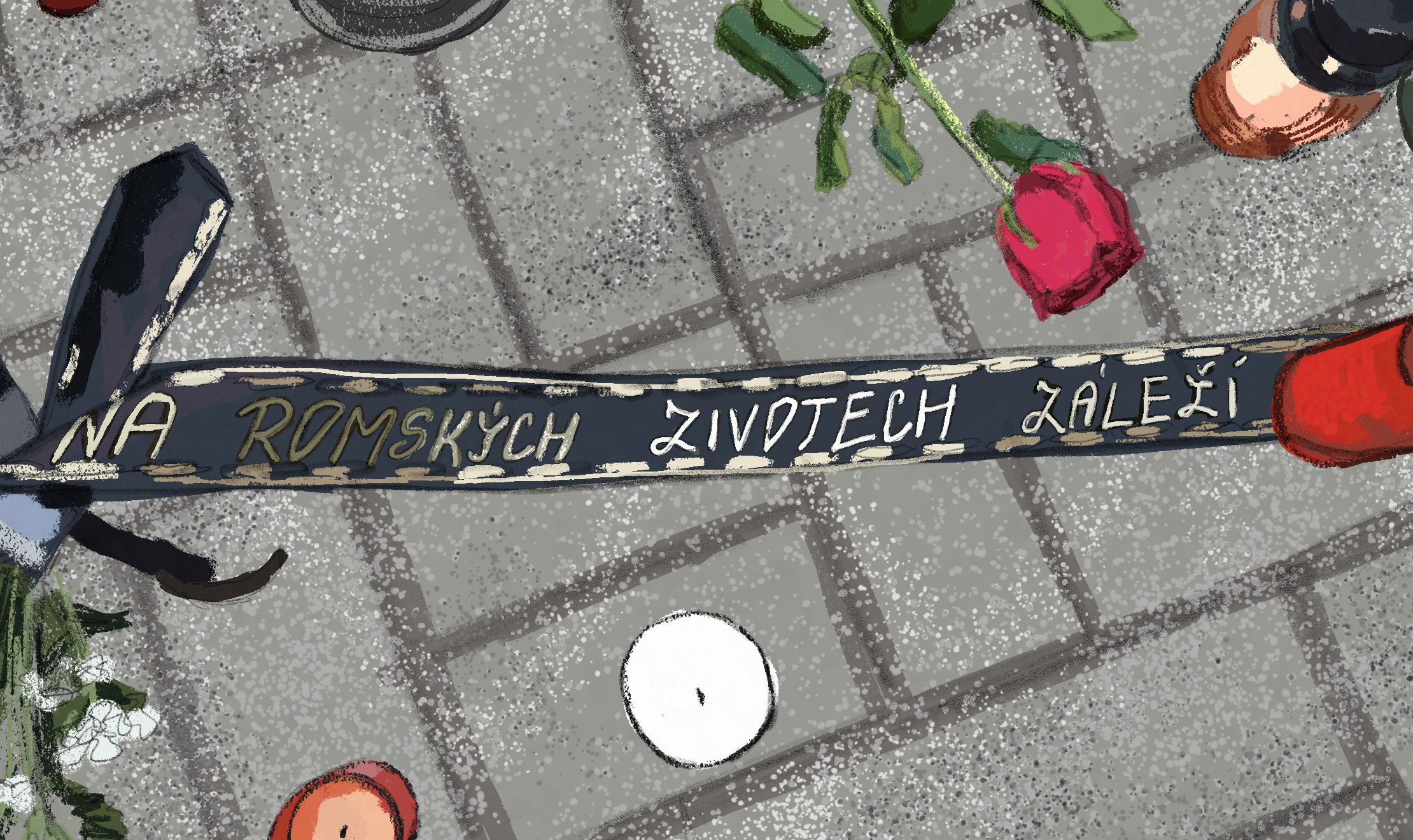
Tap #gypsy, #gypsylife, #gypsysoul, #gypsystyle and #gypsygirl into your Instagram to see what the gypsy lifestyle is about. It’s about skinny white girls on exotic beaches wearing bikinis with a little bit of frilly lace west and unspecififed appropriative silver jewelry going on. It’s about Sienna Miller’s limbs spread on a colourful patch blanket on the grass of an English meadow, in the pages of Vogue. It’s about tattoos, travel, wanderlust, flowery dresses, bare skin paired with a tan and a head of blonde hair saturated with sea salt spray, strange facial jewelry, longing glances into the distance, fake deep stares into the camera, windcatchers hanging off the boutique bungalow ceiling, new age bullshit of various kinds and a variety of clothing, accessories and décor items appropriated from Native Americans. It’s also about some of the most cringe-worthy quotes I have ever seen. The Gypsy is a close cousin of the #boho, the #hippy, the #lifestyleblogger and anyone living the #unicornlife. It’s the Instagram age of the Gypsy, and unlike the unicorn, she is a completely Western invention.
The exotic Gypsy of the white imagination is invariably a woman. For the white male imagination, the Gypsy Woman has served the role of Whore to compliment their Madonna at home. There for the taking because she is a product of his own imagination, the Gypsy Woman is exceedingly sexual, promiscuous and most importantly, untameable. The Gypsy woman can never really be his, so he cannot stop wanting her. The #gypsygirl is a monetised exotic male sexual fantasy that a lot of women are willing to model for.
“It’s the Instagram age of the Gypsy, and unlike the unicorn, she is a completely Western invention”
The Gypsy Woman of the European popular imagination was always about the white gaze and about making judgments based on appearances. It is only natural that it is used to sell visually pleasing things. The promise of freedom sells clothes, accessories and decor. Ironically, the white man needs an escape from his money-driven existence, so he dreams up the Gypsy.
Since the white male first declared ownership of land, he has been tied to it. Ever since he’s been tied to land, he’s longed for freedom. While enslaving others, he has found himself enslaved by the system he created for himself. But out of greed, he cannot let go. Because he is paying for ownership with not only money but with the loss of his freedom; he needs to justify it to himself. He needs to believe that life meaning is achieved through gathering quantifiable assets. Anything that threatens this belief system upsets him greatly, because his sense of purpose depends on it. He has traded his soul for money and if he loses his grasp on ownership in every sense of the word, he will have done so for nothing. To stay whole, he must protect his worldview by all means.
“The Gypsy woman is exceedingly sexual, promiscuous and most importantly, untameable”
Hating and romanticising Romani stem from the same place. When Romani first arrived in Europe, their mere existence threatened the white man’s belief system. Romani were not playing by the rules he calls civilization, or what I call white supremacy. The resulting effect? – extreme hatred that shows no signs of receeding half a millennium later. But also: a group representing the romantic dream of the freedom of the white man enslaved by ownership. Like the hatred, the dream still lingers on.
With neoliberalist values crushing our souls and the Earth, the West needs a dream of freedom more than ever. The Gypsy Woman lives on in the Esmeraldas of Victor Hugo, Disney and Mattel, the Carmens of Prosper Merimée and George Bizet, Jean of the Netflix series Gypsy, and the millenial gypsies of Instagram. Created for the needs of patriarchy, acted out by white women, the Gypsy is a fantastical creature with no connection to actual Romani culture, a white fairytale.









